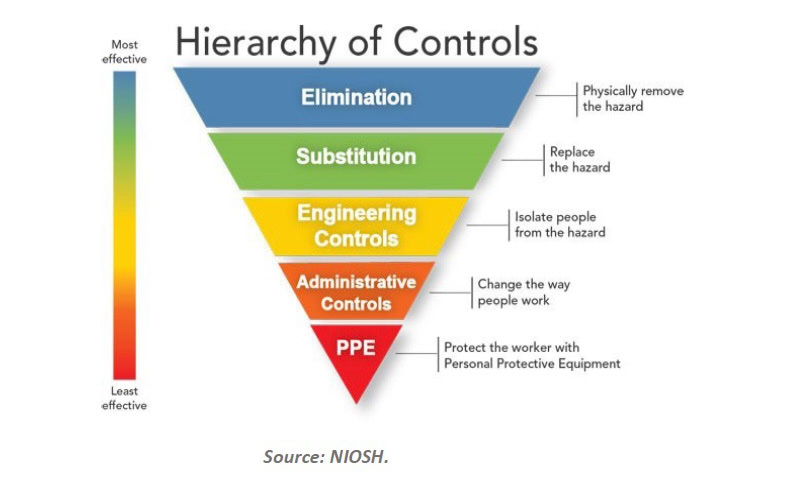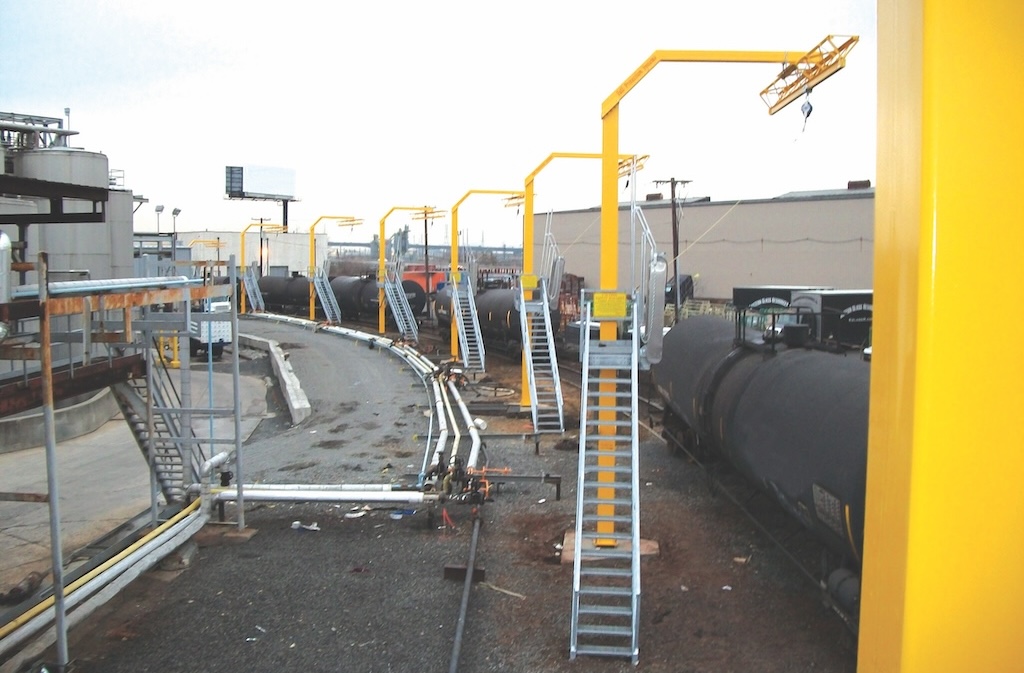According to Prevent Blindness America, the U.S. Department of Labor recently reported that eye injuries add up to more than $300 million each year in lost production time, medical expenses and worker compensation.
Every year, more than 800,000 eye injuries occur while workers are on the job, and close to 36,000 of those will require time off from work. That’s why Prevent Blindness America has designated March as Workplace Eye Health and Safety Awareness Month, to encourage workers in all industries to protect their eyes now to ensure healthy vision in the future.
Most eye injuries occur in production, transportation and service industries. The Occupational Safety and Health Administration requires employers to provide a safe work environment, stating that eye and face protection must be provided whenever necessary to protect against chemical, environmental, radiological or mechanical irritants and hazards. Chemical burns are the most common workplace eye injury, followed by cuts, lacerations and punctures. Fortunately, 90 percent of all eye injuries are preventable simply by wearing the proper eye protection.
Consider these incidents from those participating in the Prevent Blindness America Wise Owl Eye Safety Recognition Program, a campaign that encourages and provides recognition to those who follow eye safety standards every day. Vision was saved and eye injuries were avoided thanks to these employees practicing eye safety:
•
•l cut on the bridge of his nose. However, without the glasses, he would have suffered much more extensive injuries.
•
“Our vision is something that so many people take for granted until it’s damaged,” said Daniel D. Garrett, senior vice president of Prevent Blindness America. “We hope to encourage employers and employees to make sure that eye protection is on the‘to do’ list every day.”
The U.S. Department of Labor estimates that eye injuries total more than $300 million annually in lost production time, medical expenses and worker compensation.
“Not only does practicing eye safety at work make good business sense, most importantly, it is integral in ensuring the health of employees, which is any company’s most valuable asset,” added Garrett.



